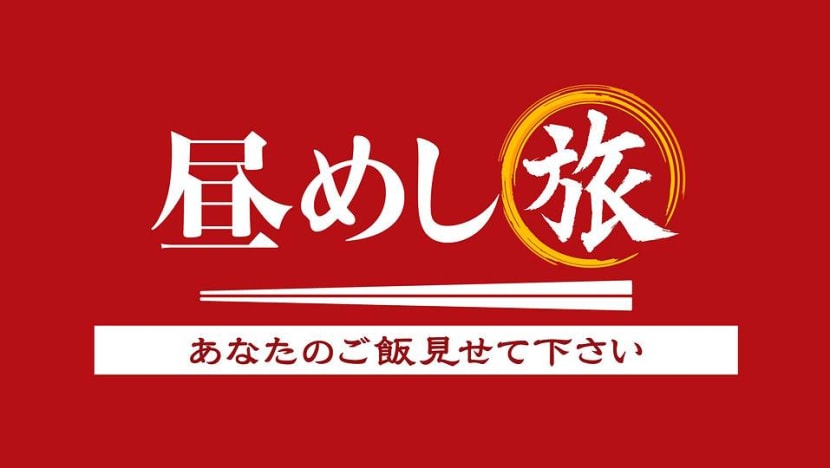It's Lunchtime
Must-see spots near the new Takanawa Gateway Station, a museum in a fire station, a cooking school-cum-cafe and a place where future professional tennis players are trained are featured this week.

This week, our first food adventure takes place in Tokyo near Takanawa Gateway Station, which opened in March 2020. We aim to discover must-see spots, while also finding out what the locals usually eat. Our first stop is Sengakuji Temple, which was built to commemorate Yoshimoto Imagawa, a feudal lord of Suruga who helped out Tokugawa Ieyasu. The temple was originally built near Sakuradamon, but it was damaged in a fire. It was later rebuilt at its current location. The Ako Clan was involved in rebuilding the temple. Thus, the grave of Takuminokami Asano, the third lord of the clan, is located at the temple.
The second place we check out is a dango shop called Matsushimaya. It has been in business for more than 100 years and initially also served okawa rice and abekawa mochi. Now it sells things such as bean daifuku and mitarashi dango. We buy a bean daifuku and later chat with the third-generation owner’s nephew. He tells us that the saltiness of the bean paste is very important. The amount of salt is adjusted depending on the season. Red beans from Hokkaido are used and they are mixed with refined and coarse sugar. Bean daifuku has been popular since Matsushimaya was established, with up to 1,000 of them being prepared each day. The owner’s nephew shows us his lunch - Gapao rice from a Thai restaurant in the neighbourhood. The sweet and spicy chicken which is stir-fried with fish sauce goes well with rice.
After this, we visit a tofu shop called Mamizu. It opened about 60 years ago and has items such as deep-fried tofu and silken tofu. We buy some soft tofu, make a hole at the top and add some soy sauce.
It is 4pm by now and our next stop is the Takanawa Fire Department’s Nihonenoki branch. The fire station was built in 1933 and has an old auditorium on the third floor which is now a museum. We see a fire pumping vehicle which was built in 1941 and find out that fire trucks were open-top cars during the war. Fireproof firefighting gear called sashiko and old firefighter ladders are also on display here.
We continue exploring the area and come across Maho Table. A cooking school which opened in 2010, it also doubles up as a cafe which serves dishes from different countries. They include Hainanese chicken rice from Singapore and borsch, a Russian dish. The place is owned by Ms Suzuki, who teaches her students how to prepare dishes from different countries. Today, the theme is Japanese cuisine and one of the items is deep-fried tofu served with two spices - grated radish with chilli peppers and grated radish with green onions. Another dish is a soup with boiled Japanese mustard spinach and sakura shrimps. The soup stock is made with dried shiitake mushrooms and white soy sauce. Other dishes on the cooking menu are boiled vegetables and simmered yellowtail and radish.
Ms Suzuki has always loved cooking. When she was living in the UK for five years, she travelled around Europe and learnt how to cook dishes from various places. She started this cooking school when she moved back to Japan.
The next destination in our culinary adventure is Shimpo Tennis Resort in Niiza City, Saitama Prefecture. It is a tennis school with about 1,600 students and there are around 250 different classes, depending on the students’ age and level. We are keen to find out what the students eat. We speak to some students who have just finished their tennis lesson. One of them is Hiroki Watanabe, who is 10. His mother allows us to see what the family is having for dinner. So we head to their home located in a neighbouring town.
The entire family loves sports. When Mrs Watanabe was young, for example, she was active in swimming, track and field, and even played soft tennis in middle school and high school. She developed a keen interest in nutrition in high school so is particular about preparing meals which are healthy and nutritious for the family Dinner on this particular day includes a salad with tofu and seven different vegetables such as mizuna (Japanese mustard greens) and red peppers; sauteed chicken thigh served with side dishes that are rich in iron and fibre; and kenchin soup which has lots of ingredients such as taro, konnyaku, radish, carrots, burdock root, green onions and seaweed. It is a staple dish for the family.
We find out that Hiroki started playing tennis four years ago. He goes to the tennis school five times a week for three hours each day. He is currently ranked 27th among the junior tennis players in Saitama. He hopes to participate in regional competitions and eventually become a professional tennis player.
Tips:
1) A must-see tourist attraction near Takanawa Gateway Station is the Sengakuji Temple
2) The Matsushimaya dango shop and Mamizu tofu store are places worth visiting near Takanawa Gateway Station










